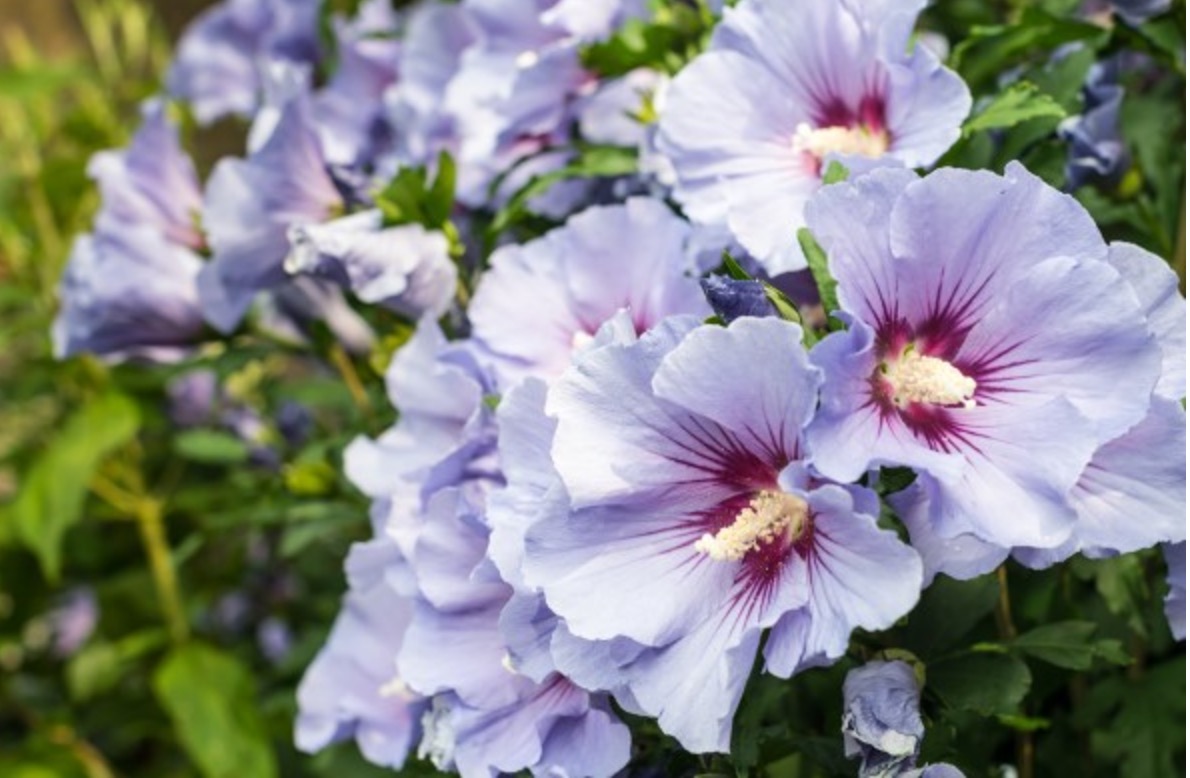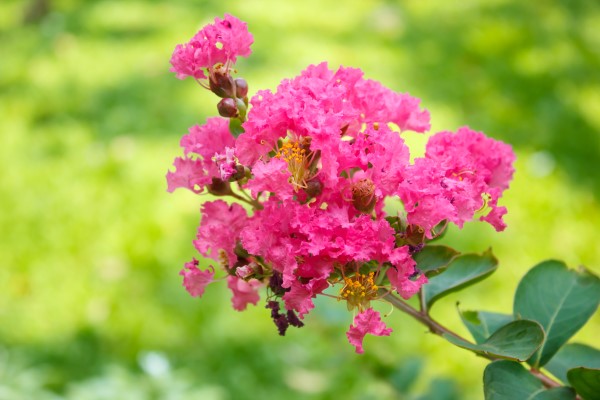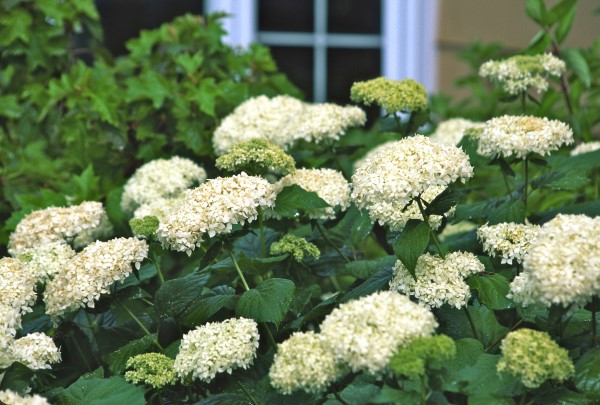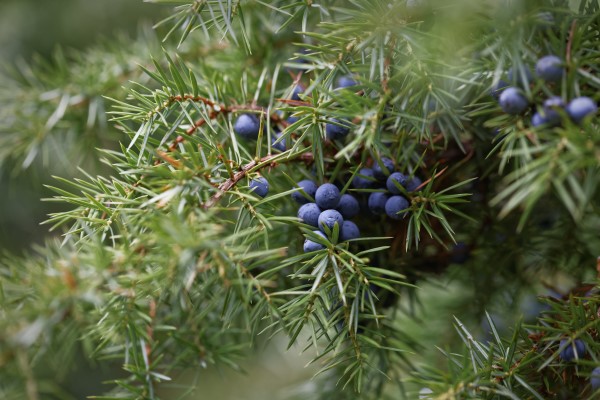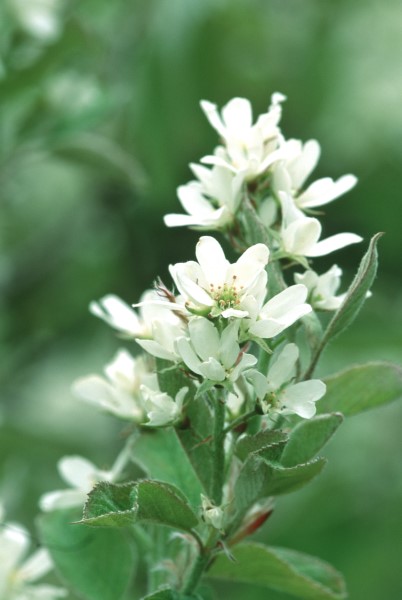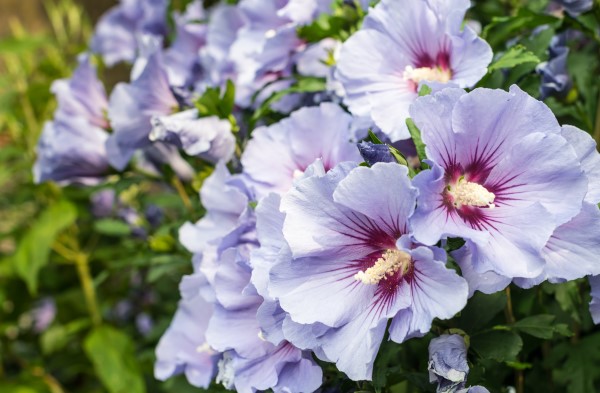It can be both frustrating and sad to watch your hard-earned gardening work go down the drain when the plants don’t appear in the spring. So, regardless of whether you’re a seasoned gardener or a plant killer, there are shrubs out there that can give you the healthy and flourishing garden you’ve dreamt about!
1. Crape Myrtle
Bees adore it, butterflies love it, and it’s a staple in the south. This shrub (which can grow so tall that some mistake it for a tree) is a true sign of spring with its beautiful pink flowers. It can tolerate less-than-perfect soil conditions. Sorry northern gardeners, but it might be off limits to you.
2. Forsythia
The harbinger of spring: this is how gardeners often refer to forsythia (Forsythia × intermedia). When it’s really early in spring and not much else is blooming, the gorgeous golden flowers emerge and brighten up an entire landscape. This shrub really is one of the first things to flower, and it sure does make an impact. You can find gobs of forsythia options out there, including dwarf varieties only reaching a few feet tall to border forsythia, which spreads and is used for borders, hedges, and screening.
3. Hydrangea
You can find hundreds and hundreds to choose from. To make things simple, let’s focus on one of the most popular, the bigleaf hydrangea (look for Hydrangea macrophylla). You can find two main groups, including those with globe-shaped flowers (called mopheads) and flattened flower heads (called lacecaps). Both are beautiful, and once you get them established, they grow for years! Don’t lose patience if you don’t get yours going right away. Sometimes you just need to find the right location in your garden.
4. Juniper
You’ve probably seen junipers growing before, most of which fall under the botanical name Juniperus chinensis. This evergreen is extremely versatile, and it’s very popular for people who want something to offer a little privacy in the backyard. All junipers are reliable and fairly maintenance-free, though, so you can plant them without worrying. Plus, nearly all produce blue little berries for the birds!
5. Serviceberry
For a smaller serviceberry, look for the botanical name Amelanchier alnifolia. For a tree, look for botanical names Amelanchier arborea and Amelanchier canadensis. Once you figure out your #1 priority and you know your space needs, then set out to talk to someone at your local garden center to find a serviceberry that fits those needs.
6. Rose of Sharon
Don’t be fooled by the name on this one. It’s not actually in the rose family at all. Instead, it’s related to hibiscus, which generally have tropical-looking flowers. Look for the botanical name Hibiscus syriacus. In fact, some gardeners love the challenge of training a rose of Sharon, pruning it to look like a miniature tree.
7. Spirea
Because there are so many different types, this is one where it’s really important to read labels when you’re shopping at the garden center. Look at the size listed before you buy. All spireas make great hiding spots and nesting locations for birds, and they are known for producing beautiful spring and summer flowers, too.
Have you tried planting any of these shrubs? Let us know if there are others we should add to the list!
Article and Photo Source: Garden Therapy
